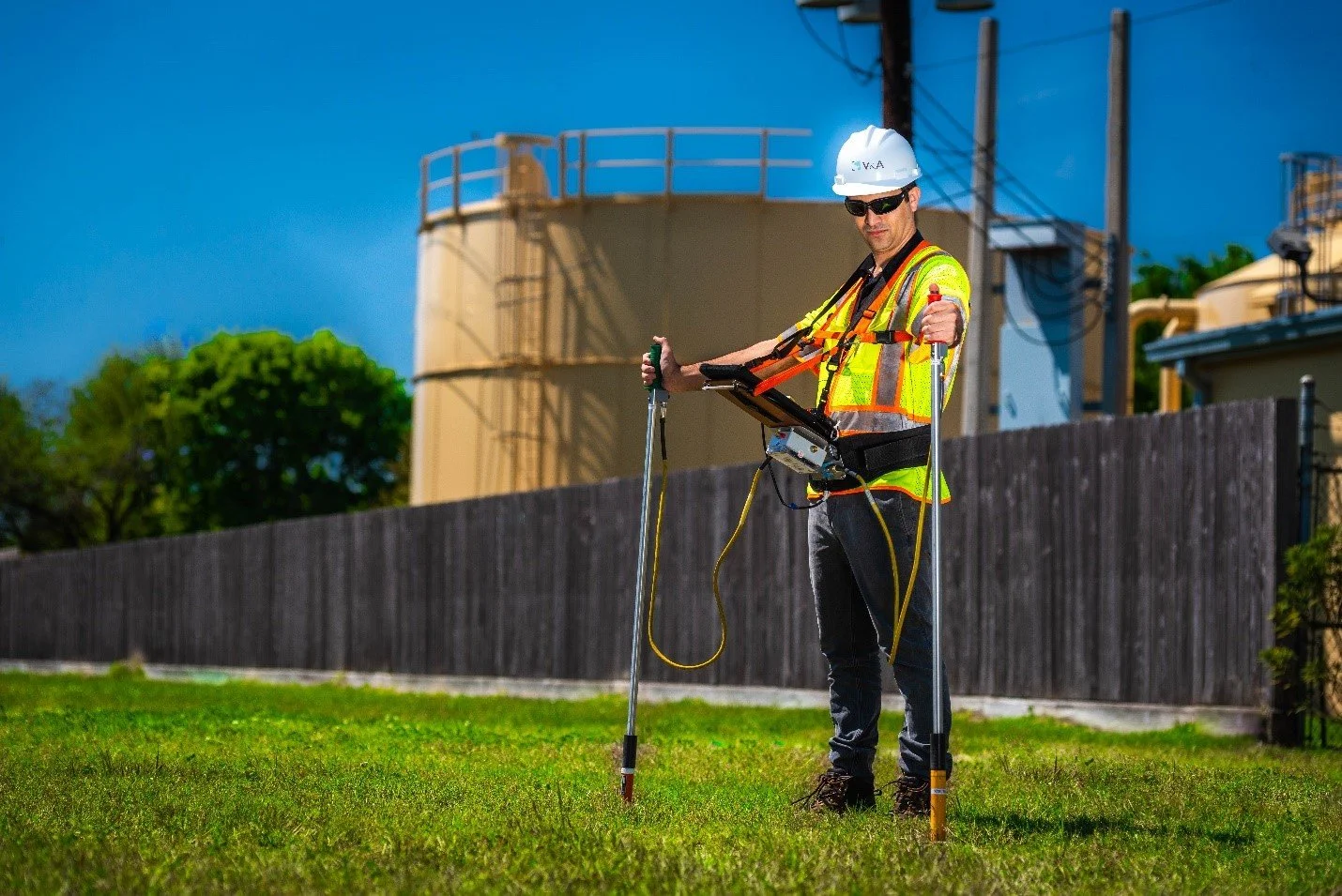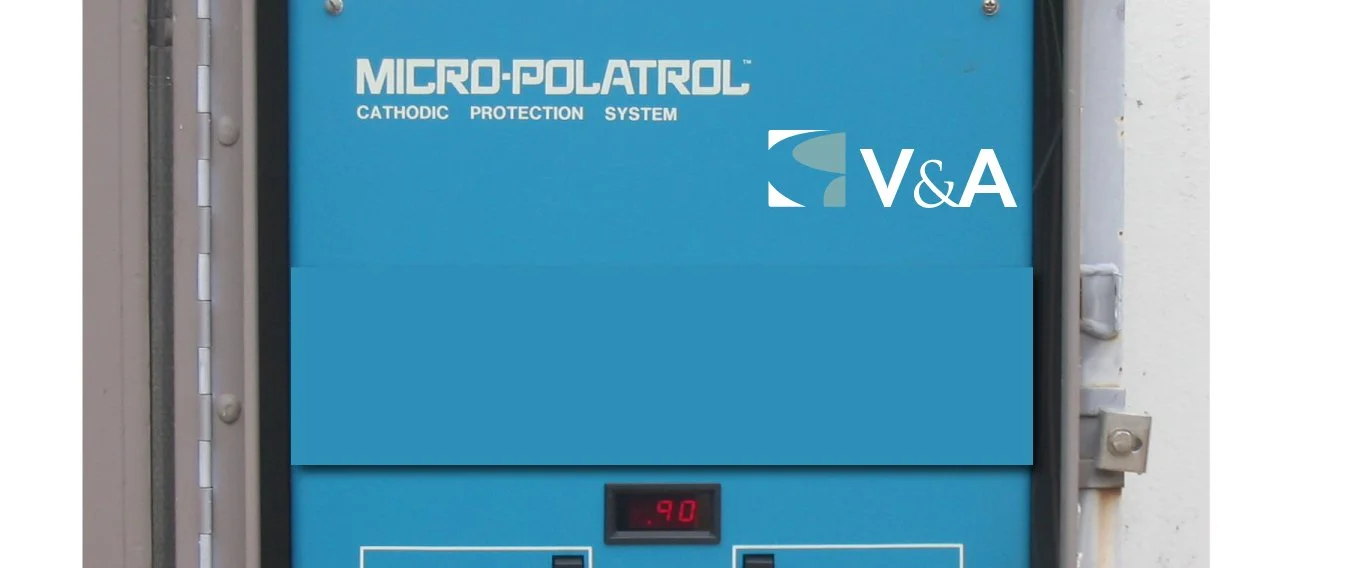Embarking on a journey to ensure the longevity and reliability of buried pipelines involves critically examining their electrical continuity. Understanding a pipeline's electrical continuity is paramount, especially when considering implementing cathodic protection systems to safeguard against corrosion. In this blog article, we dive into the complexities of determining electrical continuity by exploring corrosion experts' methods to test for continuity along existing pipeline alignments.
Cell-to-Cell Surveys for Identifying Active Corrosion on Mortar-Coated Steel Pipes
Corrosion in infrastructure systems, such as steel pipes, significantly threatens their structural integrity and longevity. Detecting and monitoring corrosion promptly is crucial to ensure the safe operation of these infrastructure assets. In the case of mortar-coated steel pipes, corrosion can occur underneath the protective mortar layer, making it challenging to identify without invasive investigative techniques. Cell-to-cell surveys assess the likelihood of active corrosion on mortar-coated pipe materials due to the loss of intimate contact between the steel cylinder and the mortar coating.
What is the difference between a cathodic protection system and a corrosion monitoring system?
What is Cathodic Protection (CP) and how does it protect infrastructure?
Cathodic protection is a method of corrosion control that uses an external anode as a current source to impress direct current through the soil onto a metallic structure or pipeline. CP mitigates the flow of corrosion currents that occur when a pipeline is installed in corrosive soil. The pipeline is made more electronegative with respect to the soil, and the pipeline becomes the cathode in the corrosion cell. The current flows along the pipeline to the drain wire to complete the circuit.
Cathodic Protection (CP) Testing Methods for Pipelines
A cathodic protection (CP) system is only protecting your pipeline if it is working properly, and you only know if it is working properly if you test it. At minimum, CP systems should be surveyed annually, and the rectifiers used in impressed current CP systems should be checked bi-monthly. Additional special testing may be required depending on the survey results






